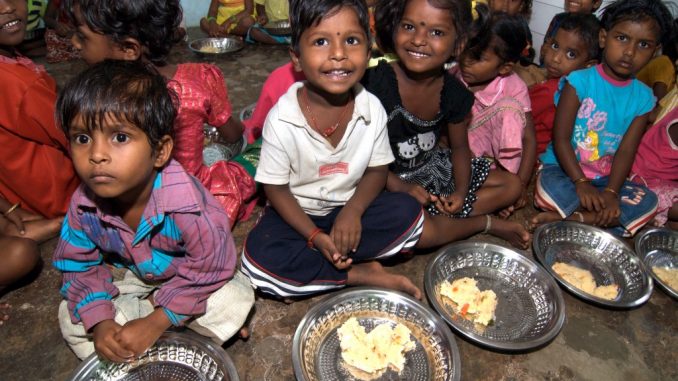
By Sayantan Bera
Addressing women’s well-being and education are critical to any strategy focused on reducing child stunting in India, an IFPRI study says
New Delhi: Most of India’s stunted children live in high prevalence districts in northern and central India where poor quality of life for women explain why they lag behind low prevalence districts in southern states, said a study released on Thursday.
The research ‘Understanding the geographical burden of stunting in India’ published by the International Food Policy Research Institute (IFPRI) used data from the National Family Health Survey-4 (2015-16) to show that better performance on parameters like women’s body mass index, education, age at marriage and antenatal care explain the differences between low and high burden districts.
Child stunting, an indicator of nutritional well-being, is defined as low height for age among children less than five year old. India, where 38.4% of children under five are stunted, accounts for about a third of the world’s total population of stunted preschoolers, the study said.
According to the study, high stunting districts in India are heavily clustered around the north and centre of the country. The populous northern states of India are home to 52.6 million or 80% of the stunted children in India. In comparison, all the southern states put together account for 8.1 million stunted children, about 13% of the stunted children in India.
“Addressing women’s well-being and education are critical to any strategy focused on reducing child stunting in India,” the study said.
According to the study, 71% of differences in stunting prevalence between low and high burden districts are explained by a multitude of factors. These include differences in women’s low body mass index (19% of the difference), women’s education (12%), children’s adequate diet (9%), assets (7%), open defecation (7%), age at marriage (7%), antenatal care (6%), and household size (5%).
A focus on only health and nutrition services, and sanitation will be inadequate to reduce inequalities and close gaps in child stunting, the study added.
“The story is not bleak overall… given that some of the poorest states like Odisha and Chhattisgarh have reduced the prevalence of child stunting proves that things are working in many parts,” said Purnima Menon, senior research fellow at IFPRI and the lead author of the study.
“We don’t need new policies… but we must push the gender angle harder to drive better nutritional outcomes,” she said.
Source: Livemint

Leave a Reply